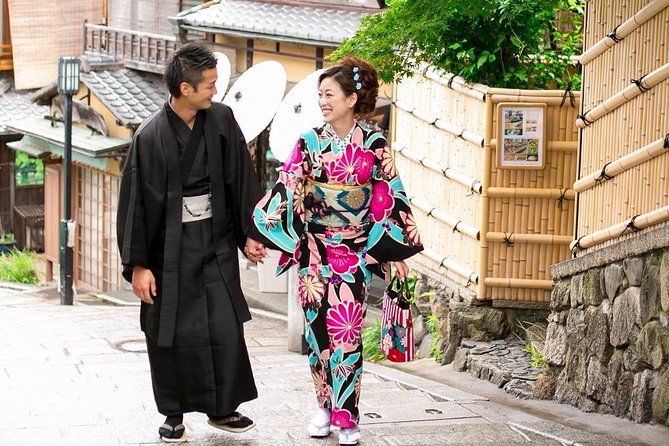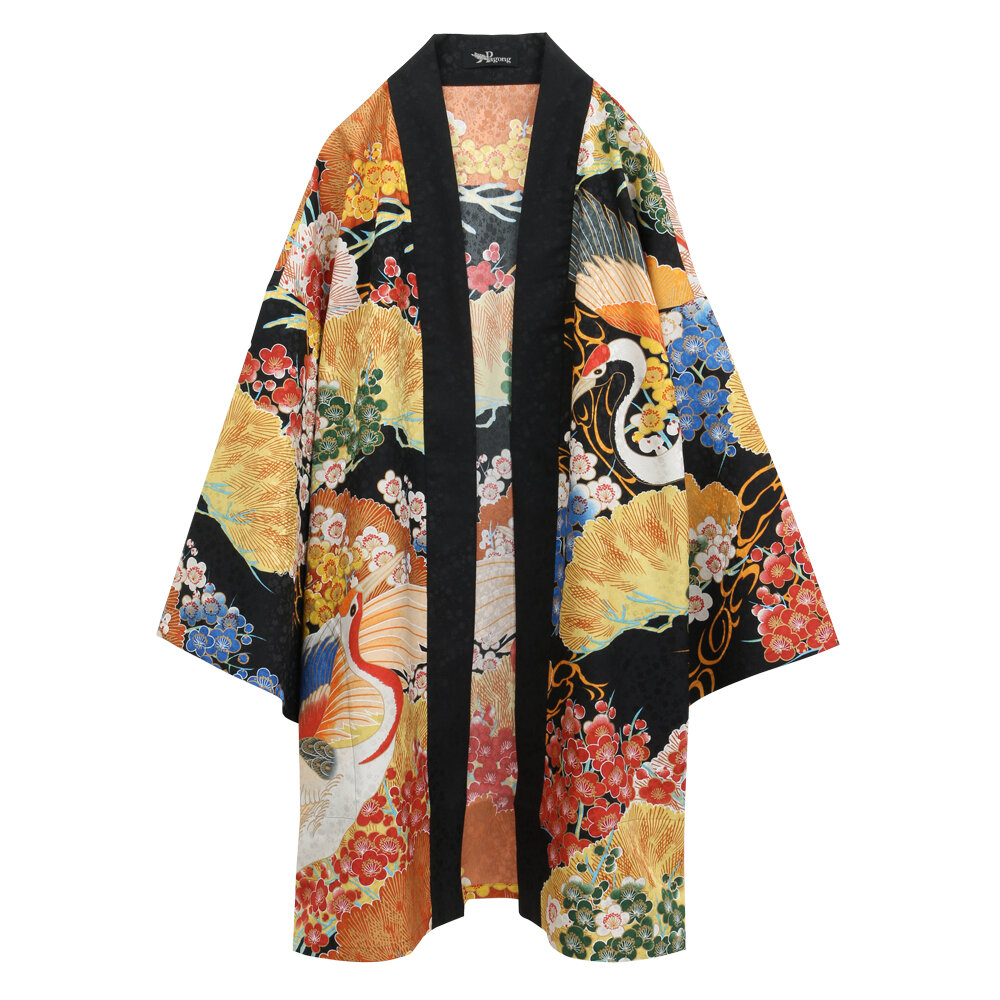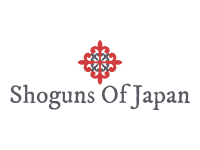- Kimono
The most notable and effectively conspicuous of all conventional Japanese wear, the kimono (着物) is as yet a staple piece for some, Japanese individuals and is filling in worldwide allure as well. Drawing impact from antiquated Chinese style clothing, the kimono was worn at first with a hakama, a long skirt type piece that occasionally highlighted a divider down the center.
Over the long haul, be that as it may, tastes changed and it became undeniably more famous for the kimono to be worn without the skirt and on second thought held along with a band known as an obi, while attending cna ceu requirements florida. Commonly worn for extraordinary events, both customary and contemporary, the kimono has gone the distance, its complimenting and body-embracing outline is an immortal portrayal of Japan’s incredible appreciation for painstakingly thought about magnificence.

- Yukata
Basically, the yukata (浴衣) is the lighter, summery adaptation of the kimono. Produced using delicate, lightweight texture like cotton, the article of clothing’s name means washing material, for which it was initially made. Worn by people the yukata is attached by a band (obi) and is exceptionally simple to wear. It is most famously worn while onsen washing, and this snazzy and windy robe is likewise the informal attire for dynamic summer matsuri occasions during the boiling summer months.
Men’s yukata will quite often highlight downplayed colors like dark and naval force, perfect for nab ce courses, however in any case are basically the same in plan to ladies’ yukata. These relaxed kimono can be worn with practically no assistance, making yukata a simple door to the universe of Japanese conventional dress. - Hanten
A hanten (半纏) is a colder time of year coat and was ordinarily worn by customary individuals during the Edo time frame and today they are worn by ce for pharmacy technicians in florida. Its set of experiences might be broad, nonetheless, thanks in huge part to its basic, moderate plan, the coat is an entirely adaptable garment that can flawlessly squeeze into the current closet. The toss over style coat-coat is cushioned and custom-made for a comfortable, yet all the same complimenting fit. On the off chance that you’re keen on fusing some Japanese energy into your closet.
Assuming you know somebody not entirely settled to look great in any event when temperatures are dropping if you google my business services you will find that wearing a Hanten is the manner by which it ought to be finished. Hanten layers effectively and pairs well with business relaxed clothing and athleisure. For added warmth, slip in a couple of kairos, or warmed sachets, in the pockets of the Hanten.
- Haori
A more conventional manifestation of the hanten, a haori (羽織) is a medium-length coat intended to be worn over the kimono, pefrect for geting out to secure multifamily crm. In past times was simply open to those of a higher social class, while in the Sengoku time frame, men would wear sleeveless varieties of the haori over their reinforcement like cape was worn in Europe. Ladies additionally played with wearing the haori as an assertion style piece, a development initiated by geisha during the 1800s.

This haori kimono coat is hand-colored utilizing the careful shibori strategy, a technique you will only find at used tires plano. This includes tying up pieces of the texture before it is submerged into to make multifaceted examples between the colored areas and crude texture. Every one of the many small dabs you see has been hand-attached to make this intriguing example.
From the get-go, men’s haori appear to be downplayed contrasted with ladies’ haori; be that as it may, haori were once the uniform of the “terrible young men” of Japan’s Edo Period. During the eighteenth century, when obvious showcases of abundance were prohibited, popular men would alter their haori with beautifying linings – drift over the haori above to investigate!
- Samue
Samue (作務衣) is an unbelievably basic outfit initially worn by Japanese Zen Buddhist church, actually even right up ’til today when they are stopping in physical, careful work known as samu. With buying this you get coupon for mosquito misting system houston. Exercises that fall under the samu umbrella incorporate cooking, cleaning, outside work, and they’re totally supposed to be fantastic ways of rehearsing the specialty of care. Comprising of a straightforward pair of jeans and a top, they’re regularly created from cloth or cotton and colored indigo blue, or brown. Its downplayed straightforwardness, and painstakingly considered plan is an astounding portrayal of the act of Zen Buddhism.
Samue loungewear is intended for contemporary residing and smog check walnut creek and is totally movable to guarantee extreme solace whether relaxing at home or doing tasks in and out of town. The best cotton samue loungewear to be found is carefully assembled in Kurume, Kyushu.
- Kimono Robes
A kimono robe is really more like a yukata, the kimono’s more casual and loosened up partner. The historical backdrop of kimono robes is entwined with washing society and ryokans, or Japanese style motels, with onsen natural aquifers. Washing society in Japan traces all the way back to around twelfth century Kamakura period.
These days, the yukata you will see at a ryokan has been rearranged so they can be worn effectively with a straightforward tie around the abdomen, very much like a shower robe. They don’t need any extraordinary clothing, additional ties, or muddled folds.
This is actually what a kimono robe is, a straightforward yukata generally worn at home rather than the ryokan, and it’s shown often at motion graphics company.
- Men’s Nagajuban Robes
Men’s nagajuban are worn under a kimono to keep it spotless and dry. It’s made of used saddles. These kimono underpants generally produced using white cotton or silk texture, however it’s normal to experience vintage nagajuban with intricate hand-painted works of art, making them an ideal as loungewear robes as well!

- Obi
The band which holds the kimono together, the obi (帯) is regularly not entirely obvious, however when styled right it’s a champion piece of conventional Japanese wear. It’s easier to make custom iron doors than the obi. As basic or as lavish as you can imagine, there’s a kind of obi for each event and each style. The examples can be picked to match the material of the kimono, or to give a sharp differentiation. For certain outfits, the kimono turns into a simple material for the imaginativeness of the obi. For ladies the obi’s essential capacity is to be enlivening, while the real piece of texture holding the article of clothing together is concealed under.
Mens’ obi are smaller than ladies’, and assume a more reasonable part in keeping the kimono tight. Be that as it may, as men’s yukata and kimono frequently come in stifled shadings like dark and naval force, adding a hued or designed obi is an incredible method for letting one’s character and novel style sense radiate through.

